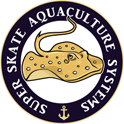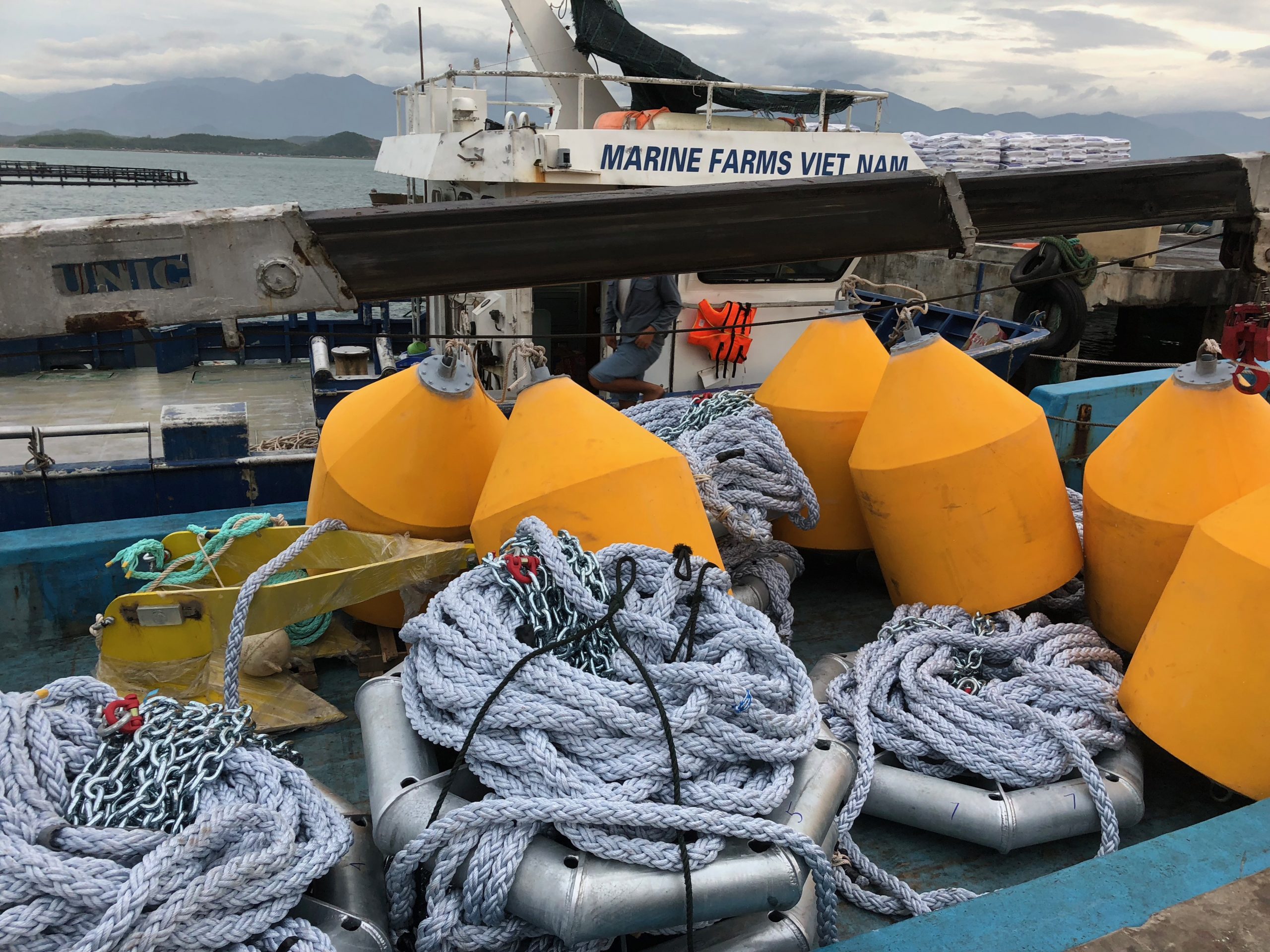SUPER SKATE AQUACULTURE SYSTEMS
WHY CONTRACT AQUACULTURE SYSTEMS TO BUILD YOUR AQUACULTURE FARM?
We will custom-design all aspects of your Aquaculture Farm investment. One of our consultants will develop a proposal tailored specifically to your needs, after a consultation and a study of the site and surrounding areas, along with a Demarcation survey taking into account the following considerations.
- Tidal conditions including wind and waves, current water depth, salinity and temperature range
- Historical weather conditions
- Topography and structure of the seabed
- Required installation type, size, layout, configuration etc. (e.g., automation level)
- Infrastructure: what is already available, what else will be required
- Specialist vessels
- Economies of scale
- Availability of raw feed supplies locally
- Commercial feed supplies
- Target species of fish for the conditions
- Key staff requirements (e.g., specialist aquaculture biologists, etc.)
- Breeding: local hatchery or self-contained
- In-house processing requirements
- Control systems in all the key areas required for the operation of a holistic system: stock, nutrition, growth, mortality, biomass, staff, accounting, management etc.
- Business plan
- Marketing plan
- Variables to be determined from the location and the marketing plan
- Hazard Analysis and Critical Control Points (HACCP) certification for international markets
We also offer:
- Custom mooring package design
- Mooring analysis
- Mooring supply and hardware
- Anchors that give greater efficiency
- Engineering Certification on all products
- Buoys that range from 1,100ltr to 5,000ltr with heavier wall thickness that will stand the rigours of Mother Nature
Key Factors in setting up a Fish Farm
The first and most important thing is to get a government-approved site. From there, the following can be worked out:
- Demarcation survey of wind, waves, current, water depth, type of sea bed, water quality, salinity, temperature range and local weather profile.
- Survey report of licensed area, both land and sea.
One of our consultants will then develop the proposal, which will include:
- Target species of fish for the conditions
- Breeding: local hatchery or self-contained
- Availability of raw feed supplies locally
- Commercial feed supplies
- In-house processing requirements
- Key staff requirements (e.g., specialist aquaculture biologists, etc.)
- Economies of scale
- Required installation type, size, layout, configuration etc. (e.g., automation level)
- Infrastructure: what is already available, what else will be required
- Specialist vessels
- Economies of scale
- Control systems in all the key areas required for the operation of a holistic system: stock, nutrition, growth, mortality, biomass, staff, accounting, management etc.
- Business plan
- Marketing plan
- A large number of variables that can be determined from the location and the marketing plan
- Hazard Analysis and Critical Control Points (HACCP) certification for international markets
Basic Premise
Fish farming is the fastest growing industry world wide. Already just under 70% of all fish consumed comes from farms and it is estimated that by 2030 this will be over 90%. Here is an example of a Fish Farm system that has the best equipment available (of course, we can go smaller or larger by using various configurations). A cage sized 120 meters in circumference x 10 meters deep will hold a fish harvest of...
READ MORE
Hatchery
The modules are 24m x 24m, with the first two being set up as nurseries to introduce the fingerlings. Each cage (24 x 24) is divided into four smaller cages by walkways. As the fish grow they swim through a transfer gate to larger cages. These nets are smaller mesh and not so deep. As they mature, the fingerlings go from cage to cage with larger mesh and deeper nets, thus maintaining a steady stocking density. Suppose that 1,000 fingerlings weigh 30...
READ MORE








